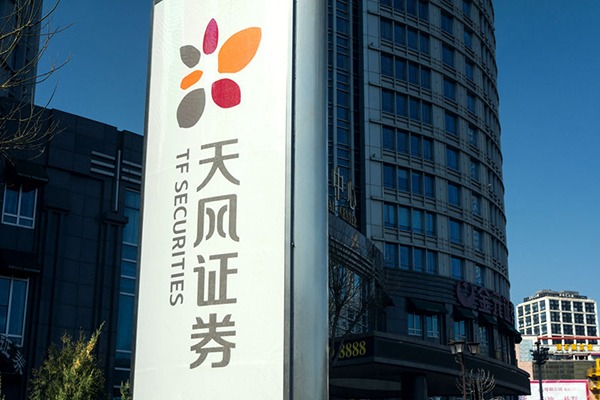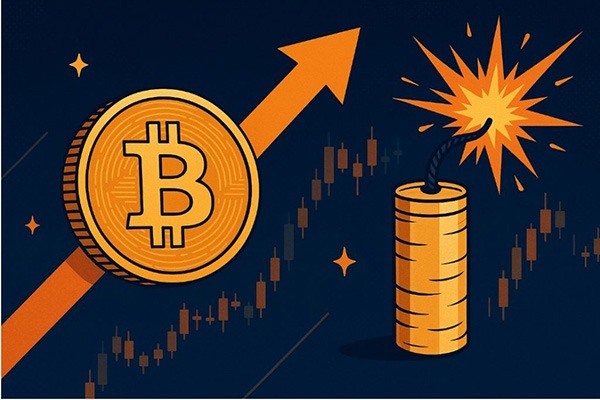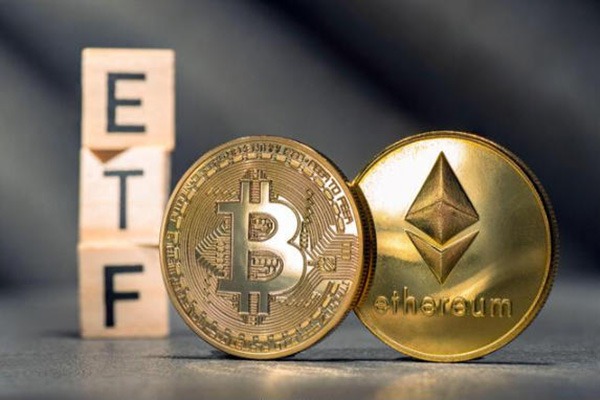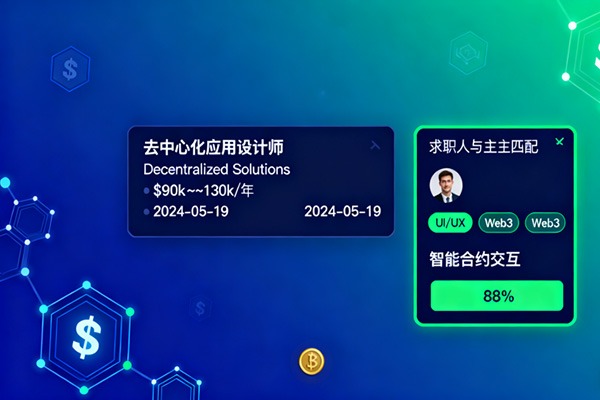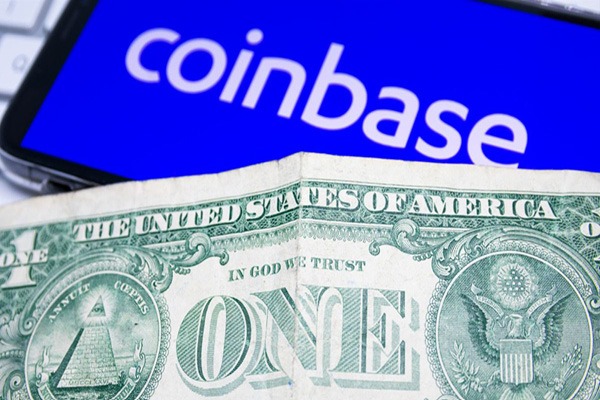Analysis of the First White House Digital Asset Summit
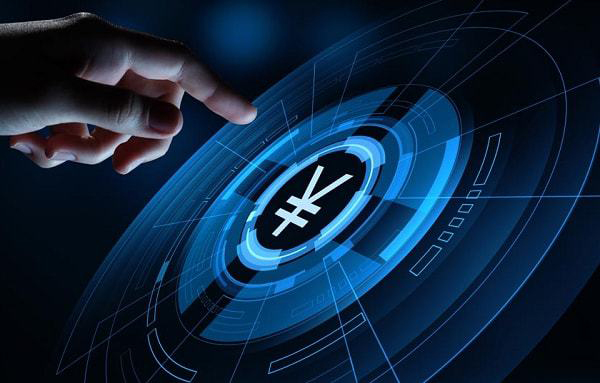
1. Background and results of the White House Digital Asset Summit
1. Global digital asset development trends and US strategic response
In recent years, the global digital asset market has developed rapidly, and countries have explored regulatory innovation and strategic reserve construction. Against this background, the US government held the first White House Digital Asset Summit, reflecting the importance of digital assets at the US policy level, including blockchain technology applications, digital asset supervision, strategic Bitcoin reserves and other topics.
2. Summit results: Strategic Bitcoin reserves and regulatory shift
The White House Digital Asset Summit attracted heavyweights from government regulators, Congress, industry leaders and the investment community, marking a major shift in the US government's attitude towards the cryptocurrency industry. After the summit, the Office of the Comptroller of the Currency (OCC) quickly revoked a joint statement that had effectively warned banks not to participate in cryptocurrency activities, marking a significant loosening of the regulatory environment.
2.1 The most important outcome of the summit was the decision to establish the US Strategic Bitcoin Reserve, which includes:
Creating a strategic bitcoin reserve to formally establish bitcoin as a US reserve asset
Authorizing the Secretary of the Treasury and the Secretary of Commerce to develop a budget-neutral strategy to acquire more bitcoin, provided that it does not increase the burden on US taxpayers
Clearly stipulate that the United States will not sell bitcoins deposited in the strategic bitcoin reserve and will maintain it as a long-term reserve asset
The initial capital source of the strategic bitcoin reserve is bitcoins confiscated by the Treasury Department in criminal or civil asset forfeiture proceedings
Other government agencies will evaluate their legal authority to transfer any bitcoins owned by the agency to the strategic bitcoin reserve
2.2 At the same time, the summit also facilitated the establishment of the U.S. Digital Asset Reserve:
Composed of digital assets other than Bitcoin owned by the Treasury that have been confiscated in criminal or civil asset forfeiture proceedings
The Secretary of the Treasury may determine responsible management strategies, including the possible sale of assets from the U.S. Digital Asset Reserve
The government will not acquire other assets for the U.S. Digital Asset Reserve except for assets acquired through forfeiture proceedings
Institutions must provide the Secretary of the Treasury and the President's Digital Asset Market Working Group with a complete account of their digital asset holdings
Together, these measures ensure the United States' strategic approach to digital assets and mark an important strategic layout for the United States in the global digital asset competition.
3. Recent regulatory relaxation by the Trump administration
In addition to the White House summit, the Trump administration has also recently taken a series of policy measures that are friendly to the cryptocurrency industry. In recent weeks, the Trump administration has withdrawn investigations and lawsuits against crypto companies, significantly improving the legal environment for the industry. At the same time, the Senate voted to cancel a Biden-era regulation that required some crypto companies to report information to the Internal Revenue Service (IRS), reducing the compliance burden on the industry.
These policy adjustments echo the White House summit, and together constitute a comprehensive change in the US government's attitude towards the cryptocurrency industry, creating a more favorable policy environment for the development of the industry. The two-pronged approach of regulatory relaxation and strategic reserve construction reflects the US government's long-term strategic considerations and policy adjustment direction in the field of digital assets.
2. High-level participation and agenda setting
The summit was hosted by US President Trump, and attendees included government decision-makers and senior industry representatives. Specific agenda settings and key discussions include:
1. Policy signals and regulatory adjustments
IRS plans to revoke and revise previous tax guidance on Bitcoin and other cryptocurrencies to reduce tax uncertainty;
OCC reaffirms that the banking system legally custodies crypto assets and stablecoin reserves, and uses blockchain technology to promote payment business, further promoting the deep integration of the banking industry and the crypto industry;
The Trump administration is working to abolish restrictive banking regulatory policies including "Chokepoint 2.0", lift the blockade on crypto companies, and provide more relaxed conditions for the development of the industry.
2. Strategic reserves and legislative promotion
The summit revealed that the United States will formally establish strategic Bitcoin reserves and digital asset reserves in the near future, and establish its leadership in the global digital asset strategy;
Trump made it clear that he hopes Congress will pass stablecoin legislation before the August recess to accelerate the compliance of stablecoins and pave the way for their application in the global payment and financial system.
3. Industry development and market expectations
The "Crypto Renaissance" plan was proposed at the meeting to unleash the industry's growth potential;
Some companies (such as Coinbase, one of the largest cryptocurrency exchanges in the United States) plan to expand in the United States on the occasion of clear regulation, indicating that a clear regulatory framework will help promote corporate investment and industry expansion;
Industry representatives also discussed issues such as market transparency, technological innovation, and ethical standards, and promoted the establishment of a closer dialogue mechanism between the government and the industry.
3. Main contents and discussion points of the meeting
1. Strategic Bitcoin Reserve Plan
Reserve scale and management mechanism: Continue to maintain the previously rumored 200,000 Bitcoin reserve plan, and propose cross-departmental supervision and management ideas;
Policy significance: The US government uses this to increase its voice in the global digital asset competition and enhance financial strategic autonomy through new reserve forms.
2. Adjustment of stablecoin and bank supervision
Promotion of stablecoin legislation: The Trump administration requires Congress to introduce stablecoin-related regulations as soon as possible to create conditions for the application of stablecoins in payment systems and financial products;
Bank supervision and custody: OCC supports the legitimacy of banks in custody of crypto assets and stablecoin reserves, and is expected to abolish restrictive policies on banks' involvement in crypto business, opening the door to the deep integration of banks and the crypto industry.
3. Improvement of tax policies and compliance environment
Tax guidance revision: The IRS plans to revoke or modify previous tax guidance for digital assets to reduce tax uncertainty in the market;
Industry confidence improvement: A clear and transparent regulatory framework will help encourage companies to invest and expand in the United States, further promoting the development of the entire cryptocurrency market.
4. Industry voice and market expectations
Positive feedback from the industry: Coinbase, Lightspark (two important companies in the cryptocurrency industry) and other major representatives all expressed support and optimism about the development opportunities brought by future regulatory clarification;
Regulation and innovation are equally important: government and industry representatives also discussed issues such as industry innovation, technology application and market ethics during the meeting, aiming to promote the healthy development of the industry through the crypto revival plan.
IV. "First-hand" strategy and international response
1. Policy announcement and actual implementation
This summit reflects the characteristics of the US government's "first-hand" strategy. Even though specific measures and implementation details have not yet been fully released, the policy announcement itself has attracted widespread attention from the market and the industry.
The government sent a signal of adjusting supervision and releasing policy dividends through a high-level meeting;
The market still has doubts about specific policy details, but generally expects that reforms can reduce institutional barriers and inject more vitality into the industry.
2. Response and trends of the international community
International observation: The international community is actively paying attention to the US policy adjustment. Some countries and regions have begun to re-examine the existing digital asset regulatory policies, which may trigger a profound adjustment in the international financial landscape;
Russian trends: Russian President Putin proposed the idea of using Bitcoin as a central bank reserve asset as early as 2022, and the two countries' struggle in the field of digital assets has further become the focus of market discussion.
V. Subsequent planning and comprehensive evaluation
1. Policy follow-up
The US government will successively introduce supporting policies for digital asset classification, regulatory details, cross-departmental coordination and international cooperation. The next few months will be a critical period for supervision and policy implementation.
Formulate a detailed strategic Bitcoin reserve and digital asset reserve plan;
Promote Congress to pass stablecoin-related legislation before recess.
2. Comprehensive evaluation
This summit not only demonstrated the major shift in US policy in the field of digital assets, but also highlighted the deep connection between the government and the industry in policy, regulation and strategic reserves. Overall:
Global strategy and cross-departmental coordination: The US government attempts to comprehensively promote digital asset supervision and application through multi-angle policy adjustments.
Market confidence and investment opportunities: Clear policy adjustments and regulatory clarity are expected to greatly boost the confidence of companies and investors, and are expected to promote the sustainable development of the industry;
International competition and regulatory cooperation: In the adjustment of the global financial landscape, changes in US policies will also lead to deeper competition and cooperation in international regulation.
